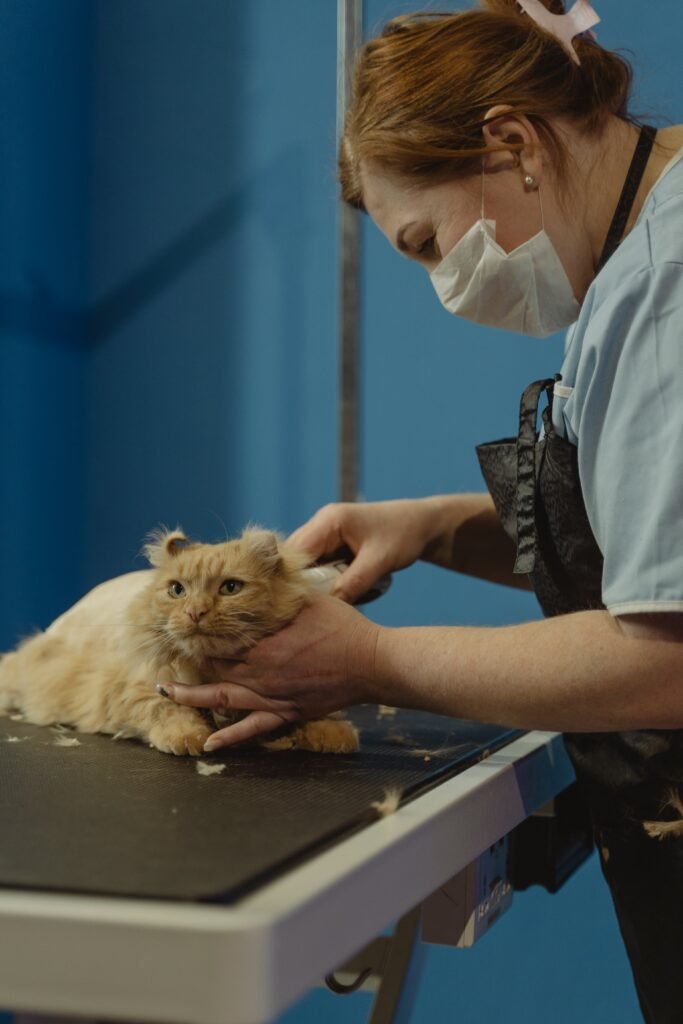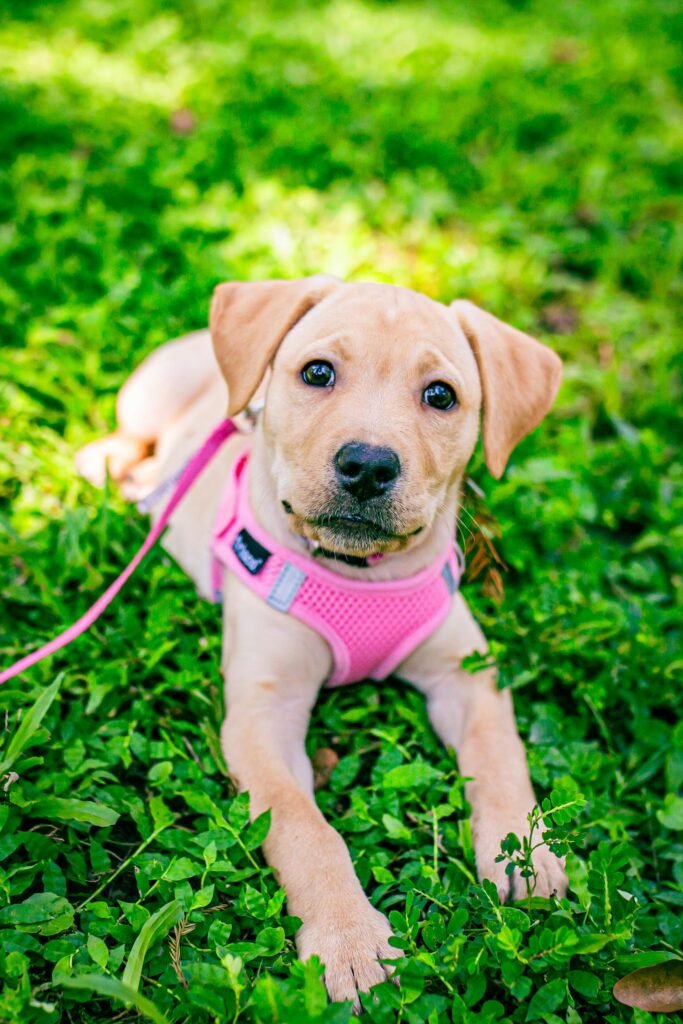Grain-free cat food benefits has been gaining attention, but it’s important to understand why it could be the right choice for your cat. This post will explain the benefits of grain-free diets, how to make your own homemade grain-free cat food, and other related topics such as whether it’s suitable for kittens and the environmental impact of these diets.
Understanding the Basics of Cat Nutrition
Cats are obligate carnivores, which means they need animal protein to thrive. Their natural diet consists mainly of meat, with minimal carbohydrates. This is why some experts argue that grain-free food better suits their biological needs. Let’s explore what grain-free cat food is and why it might be beneficial.
What is Grain-Free Cat Food?
Grain-free cat food eliminates grains such as wheat, rice, corn, or barley and focuses on animal proteins. It often uses alternative carbohydrates, like peas or potatoes, to provide energy, but it keeps the carb content lower than in regular cat food. This makes grain-free cat food more aligned with a cat’s natural diet.
Grains in Regular Cat Food
Most standard cat foods contain grains because they are affordable and provide bulk. However, grains aren’t a natural part of a cat’s diet, and some cats may develop digestive issues or allergies from them. By removing grains, you’re offering your cat a diet that may be easier on their stomach and more nutritionally appropriate.
Benefits of Grain-Free Cat Food
There are several reasons why grain-free cat food may be a better choice for your feline:
- Easier digestion for sensitive cats: Many cats have trouble digesting grains. Grain-free food reduces the risk of digestive issues like vomiting and diarrhea.
- Helps with allergies: Some cats develop grain allergies, causing itching and gastrointestinal discomfort. A grain-free diet can relieve these symptoms.
- Higher protein content: Grain-free food is typically richer in animal protein, which supports muscle growth and overall health.
- Better weight management: Foods with high carbohydrates, like those with grains, can contribute to weight gain. Grain-free foods tend to have lower carbohydrate content, helping manage weight.
- Improved skin and coat health: Essential fatty acids in grain-free food promote healthy skin and a shiny coat.
How to Make Homemade Grain-Free Cat Food
If you prefer a DIY approach, making grain-free food at home can be a rewarding option. Here’s a simple guide:
- Choose a High-Quality Protein: Start with a lean protein like chicken, turkey, or fish. These are the main components of your cat’s diet.
- Add Organ Meats: Cats benefit from organ meats such as liver or heart, which are rich in essential vitamins and minerals.
- Include Vegetables: While cats don’t need much, small amounts of veggies like pumpkin or carrots can provide fiber and aid digestion.
- Incorporate Healthy Fats: Fish oil or chicken fat can be added for essential fatty acids, which improve skin and coat health.
- Consult a Vet: Before making significant changes to your cat’s diet, consult your vet to ensure they are getting all the necessary nutrients, including taurine, which is critical for heart and eye health.
Making homemade grain-free food allows you to control the ingredients and ensure your cat is eating fresh, nutritious meals. However, it requires careful planning to make sure your cat gets all the essential nutrients.
Is Grain-Free Cat Food Suitable for Kittens?
Kittens have different nutritional needs than adult cats, as they are still growing and developing. While some grain-free diets are formulated for kittens, it’s crucial to check the label for the correct nutrient balance, especially for growth. Grain-free kitten food should be high in protein, calcium, and other essential nutrients that support healthy development.
In general, grain-free diets can be suitable for kittens, but make sure to pick one designed specifically for their age. It’s also wise to consult with your vet to ensure the food meets their unique nutritional needs.
The Environmental Impact of Grain-Free Cat Food
An important yet often overlooked factor is the environmental impact of grain-free food. Since these diets are often higher in animal protein, they can have a larger carbon footprint due to the resources needed for meat production.
- Sustainability: Some grain-free foods use ingredients like fish, which raises concerns about overfishing. If sustainability is a priority for you, look for grain-free food brands that use responsibly sourced meats and fish.
- Plant-Based Ingredients: While grain-free foods avoid common grains, they still contain plant-based ingredients like peas and potatoes. Some experts argue that including responsibly farmed plant-based ingredients might help reduce the environmental impact.
Understanding how your cat’s diet affects the environment can help you make more eco-conscious choices. Look for brands that prioritize sustainability and environmentally friendly practices in their sourcing.
Grain-Free vs. Regular Cat Food: A Comparison
You might be wondering how grain-free food stacks up against regular cat food. Here’s a quick comparison to help you decide:
- Grain-Free: Contains higher protein, fewer carbohydrates, and is better suited for cats with sensitivities or allergies. It’s often closer to a cat’s natural diet but can be more expensive.
- Regular Cat Food: Contains grains that serve as fillers. While more affordable, it may cause issues for cats with allergies or sensitive stomachs.
If your cat is healthy and has no issues with digestion or allergies, regular cat food may work just fine. However, if your cat struggles with weight management or allergies, grain-free might be a better fit.
How to Transition Your Cat to a Grain-Free Diet
Switching your cat’s food isn’t something you want to do abruptly. Here’s how you can transition to grain-free smoothly:
- Start Slowly: Mix a small portion of the grain-free food into your cat’s current food.
- Increase Gradually: Over 7–10 days, slowly increase the amount of grain-free food while reducing the old food.
- Monitor Your Cat: Keep an eye on your cat’s digestion and overall health during the switch. If they show signs of discomfort, slow down the transition.
Conclusion
Grain-free cat food offers many potential benefits, from better digestion to healthier skin and coats. It may be particularly beneficial for cats with allergies or sensitive stomachs. Homemade grain-free food is also an option for pet owners who want more control over what their cat eats. However, it’s important to consult with a vet before making dietary changes, especially for kittens. Additionally, considering the environmental impact of your cat’s diet is a valuable step in making a more sustainable choice.
FAQs
1. Can I feed my kitten grain-free food?
Yes, but ensure the food is formulated for kittens and provides the right balance of nutrients for growth.
2. Is homemade grain-free food safe?
It can be, but you need to ensure it meets all of your cat’s nutritional needs. Consult your vet for guidance.
3. What’s the environmental impact of grain-free food?
Grain-free food, especially those high in meat, can have a larger carbon footprint. Opt for brands that prioritize sustainability.
4. How do I know if my cat needs grain-free food?
If your cat shows signs of digestive discomfort or allergies, like itchy skin, a grain-free diet may help.
5. Are all grain-free foods high in protein?
Most are higher in protein than regular foods, but always check the label to ensure it meets your cat’s nutritional needs.


